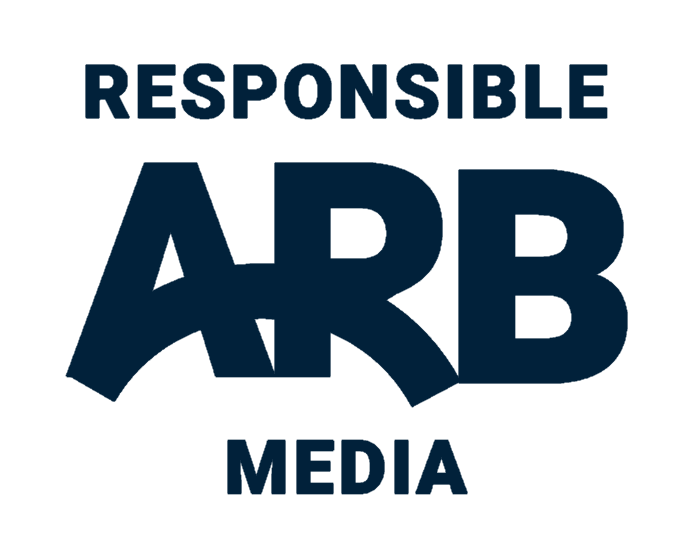Central SA
Tests show Hartbeespoort Dam water quality up to scratch─── ZENANDE MPAME 13:48 Mon, 10 Jun 2024

“High TSS levels in water bodies can have several environmental and ecological consequences.”
Water tests done on the Hartbeespoort Dam have shown suspended solids endangering aquatic life and drinking water quality.
The project aimed to obtain water samples from several key points around the dam, including where the various rivers enter. The water testing project began on Wednesday (22/5) by Rotary Brits Hartbeespoort and the Wildlife and Environment Society of South Africa (WESSA).
A sample of surface water was taken 60 cm below the surface in steady conditions with little contamination except for a few hyacinths.

Rod Genricks and Gordon Erntzen assisted during the water testing. Picture supplied
“The water quality in general was good looking and at all the readings taken at the depth of 60 cm, but the Total Suspended Solids (TSS mg/L) was a startling revelation, with the dam in serious trouble. A baseline reading of less than 50mg\L is optimal for all forms of life,” said Free State's former head of Parks Recreation and Conservation John Wesson.
“High TSS levels in water bodies like dams can have several adverse environmental and ecological consequences. At Hartbeespoort Dam, the Leeuspruit inlet is the worst contaminated area in the dam at 2964mg\L and Xanadu at the R511 Bridge at 6918mg/L.
“Maintaining optimal TSS levels is crucial for the health of aquatic ecosystems and water quality for various uses. Regular monitoring and management practices are necessary to mitigate the potential negative impacts of high TSS levels,” said Wesson.

Water that was collected from the Hartbeespoort Dam when tests were being done. Picture supplied
When asked what could be done to reduce the high levels at the Leeuspruit inlet and Xanadu he said: “One would have to investigate, possibly from various sewage works not releasing the correct water specification back into the dam after passing through a sewage plant or further upstream.”
Water quality won’t be impacted for residents as the water gets processed in Schoemansville ensuring it adheres to the correct standards for drinking water.
Engela Erasmus explains the process at the testing center. Video: Supplied
Caxton Network News reported on what consequences these high readings have on:
- Aquatic health: TSS can clog the gills of fish, impeding their ability to breathe and filter feed.
- Visibility Reduction: Increased TSS reduces visibility, making it difficult for aquatic predators to locate prey.
- Photosynthesis Inhibition: High TSS levels decrease light penetration, affecting the ability of submerged aquatic plants to photosynthesize. This can reduce the biomass and growth rates of these plants.














